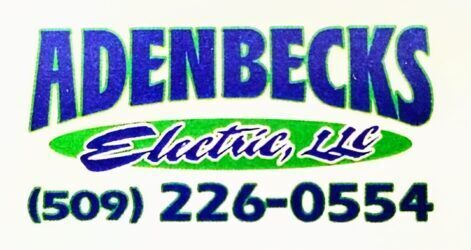Leeway
On a commercial job in Spokane, Washington, we had a man come up from California to work with us. At that time the Union allowed one man to work in our area or on our job from out of state. The man that we had was made our foreman/superintendent.
At the time the electrical regulations in California were not as strict as the ones in Washington, and this man had done mostly residential work in California. With all that being said, and looking back on the experience, I developed a bit of a pre-judgment about him.
From my perspective he seemed a bit shy of the necessary knowledge needed for a commercial job. This to me was especially evident in the way he wanted the heating wired and installed. I felt that his experience in the warmer climes of California was skewing his requirements for heating in Washington.
Then I found out, realized, had pointed out to me; that the facility we were wiring was to be a manufacturing plant for electronics. The heat generated by the manufacturing process was being re-allocated for use as building heat.
I realized that the knowledge deficiency had been my own.
I should have given the California guy a little leeway.
This particular job had a feeder ran in three 4” conduits with Number 4/0 wire. There was a junction box in the ground on each of the conduit runs.
When you run parallel runs of wire feeder, each individual wire is required to be of the exact same length, insulation, and size. Some electrical inspectors are very strict about this requirement. When we came to make up the wires in the bottom of the 600 Amp panel, it was impossible to keep the wires the same length as we landed them in the terminals.
I made some objections about the circumstance, but no one objected to changing the length of the parallel wires.
I learned that this rule had a lot of leeway.
My bad.
